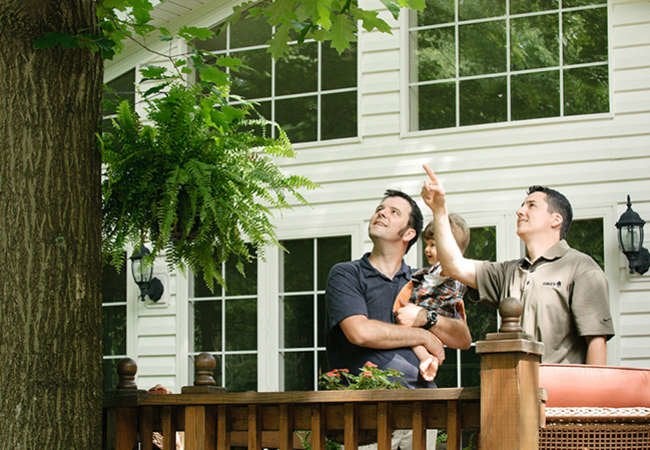We may earn revenue from the products available on this page and participate in affiliate programs. Learn More ›
Advice from an Arborist
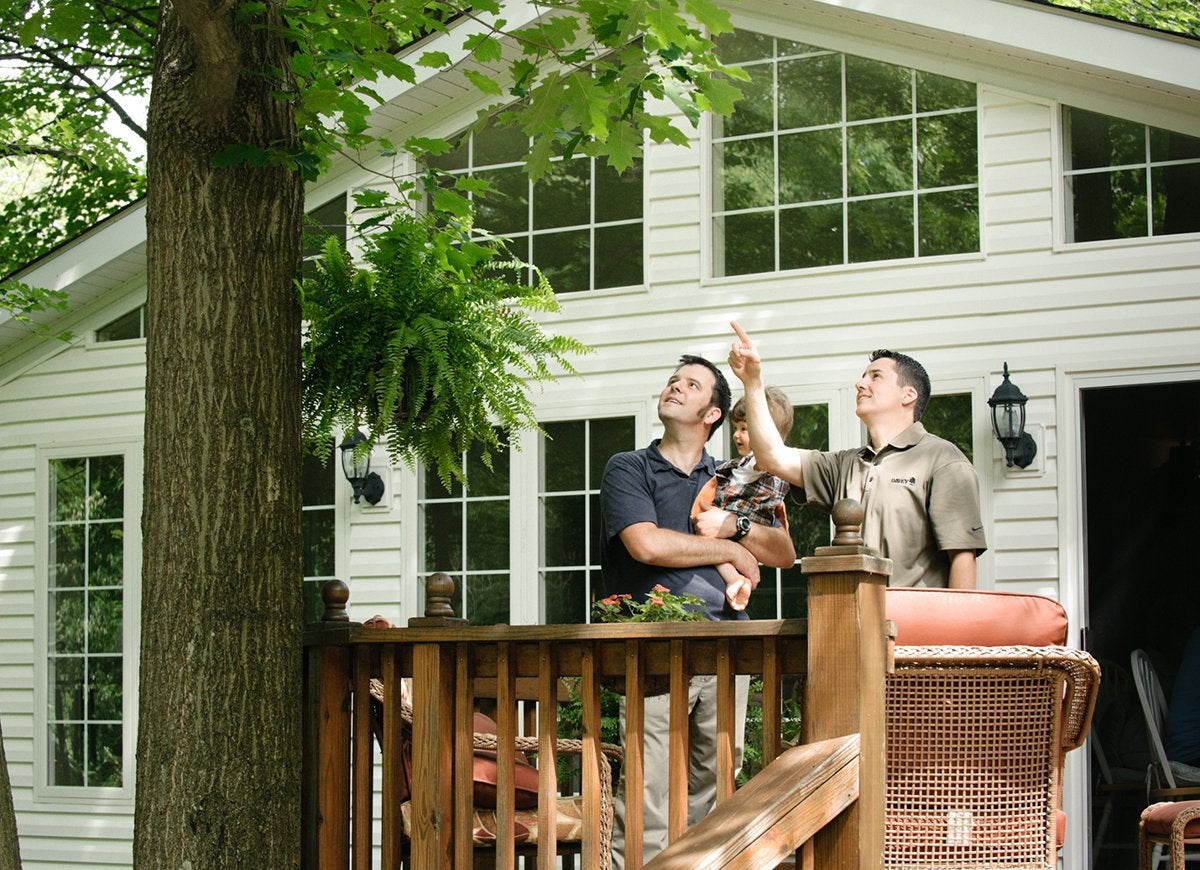
There are many factors that homeowners can control that will affect the health of their trees, both for better and for worse. Steve Nagy, board-certified master arborist and assistant district manager at The Davey Tree Expert Company, the largest residential tree care company in North America, shares what arborists wish homeowners knew about caring for their trees.
Many factors influence a tree's health.
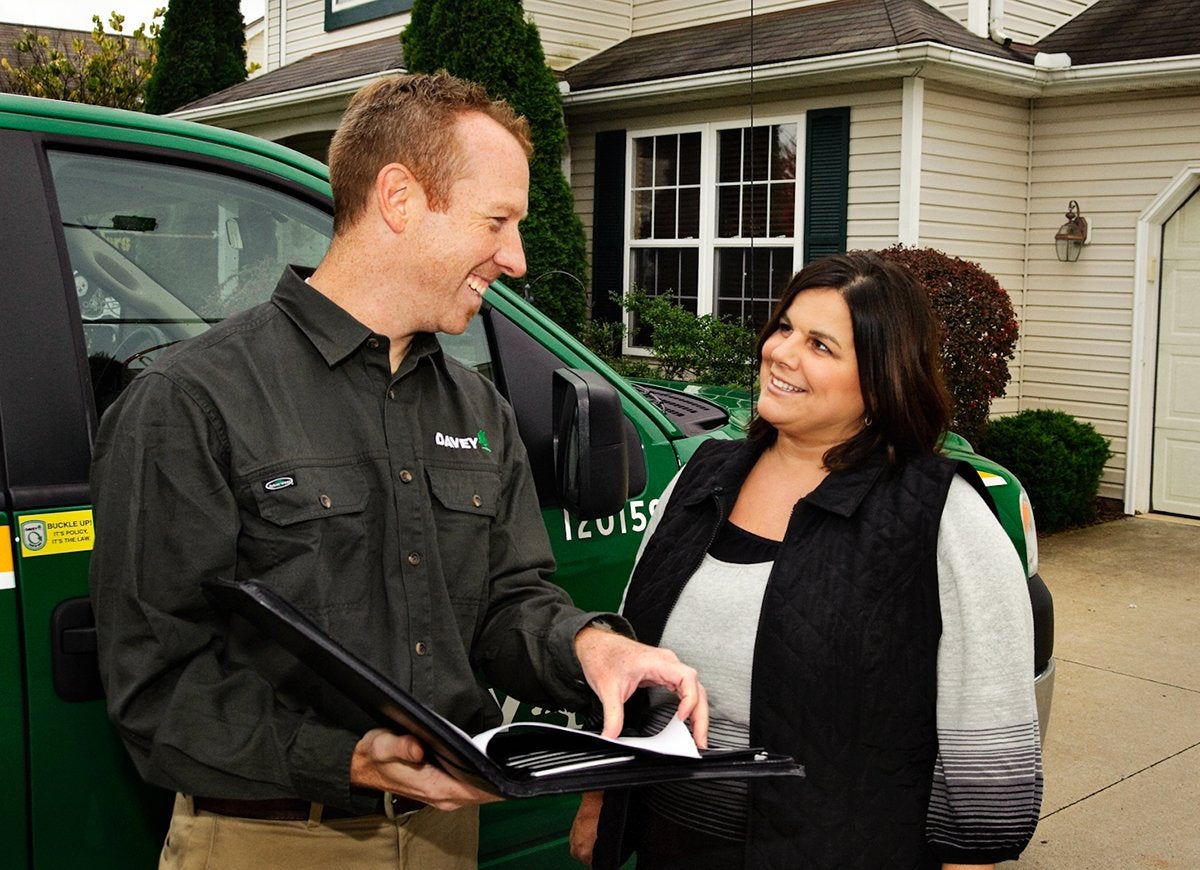
Arborists ask a lot of questions. They have to, because there are so many factors that affect a tree’s health. “The first thing you do is you play detective and you start asking questions,” says Nagy. “When did you move to the house? Did you do anything? Who does your mulching?” All those questions help an arborist narrow down the possible culprits that may be harming a tree and find a solution.
Everything starts in the soil.
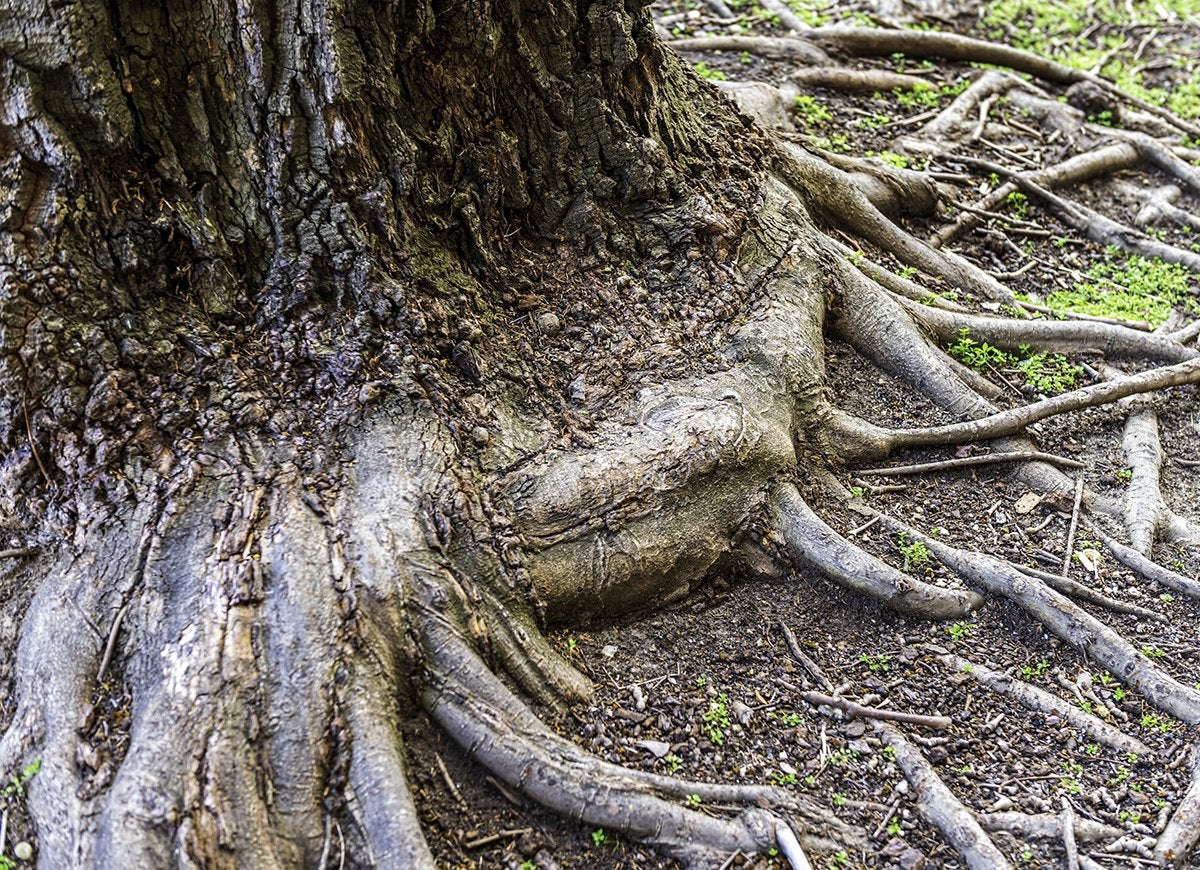
“Roots and soil are the first thing we investigate with tree problems,” says Nagy. Most stressors affect a tree’s root zone first. For instance, the thin roots that take up water and nutrients can be damaged by soil compaction or excessively wet soil conditions, depriving the tree of nourishment. The malnourished tree then becomes susceptible to infestation. “Once [homeowners] understand everything starts down there,” says Nagy, “then we can move our diagnosis up through the tree and put it all together.”
Native trees are better.
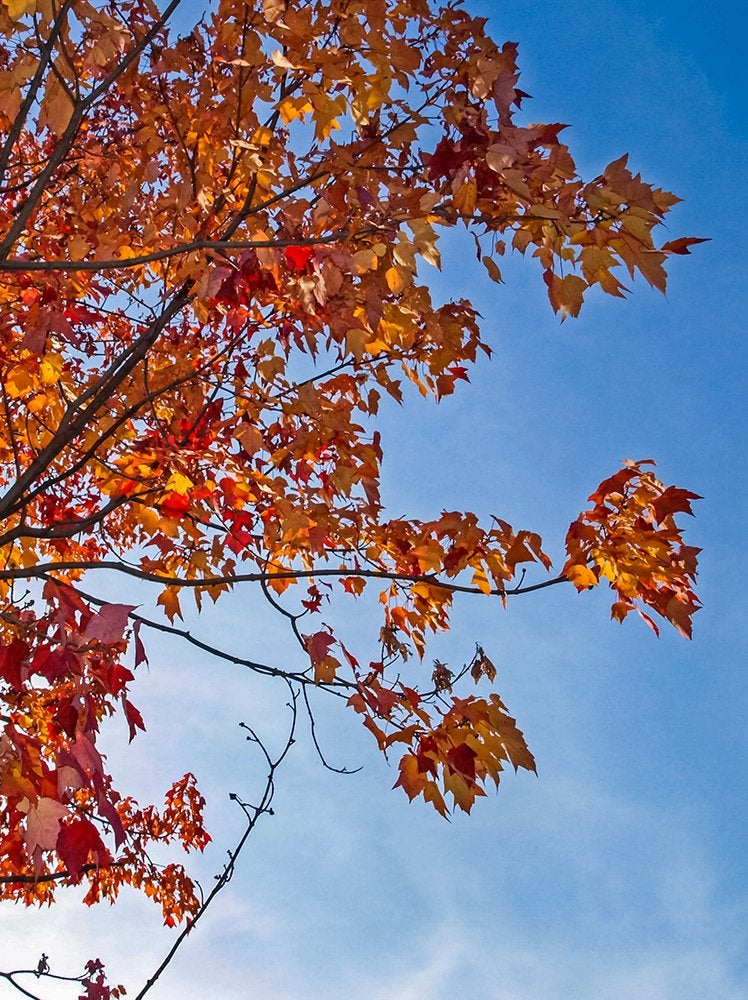
“Each tree is unique to its area and in its ability to heal and defend,” says Nagy, and some trees tolerate certain conditions better than others. Not surprisingly, native trees tolerate the local climate and soil conditions better than ornamental trees accustomed to different climates and soil types. Because of this, non-native trees often require more work in order to survive in your yard.
There is a right way and a wrong way to prune trees.
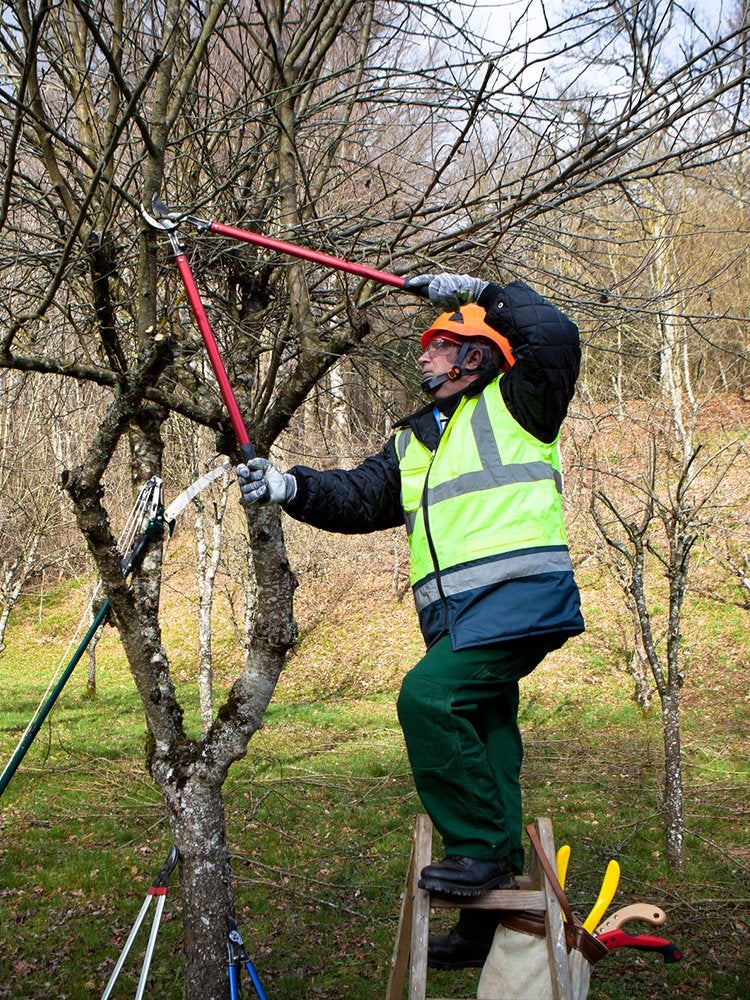
“Different tree species respond to pruning differently, so it is important that the person pruning your trees knows these details,” warns Nagy. Certified arborists follow the best practices laid out by the American National Standards Institute (ANSI). These standards keep the health of the tree as the primary concern and touch on specifics, such as how much of a tree’s canopy can be trimmed away and the right way to remove a branch.
Arborists have solutions for compacted soil.
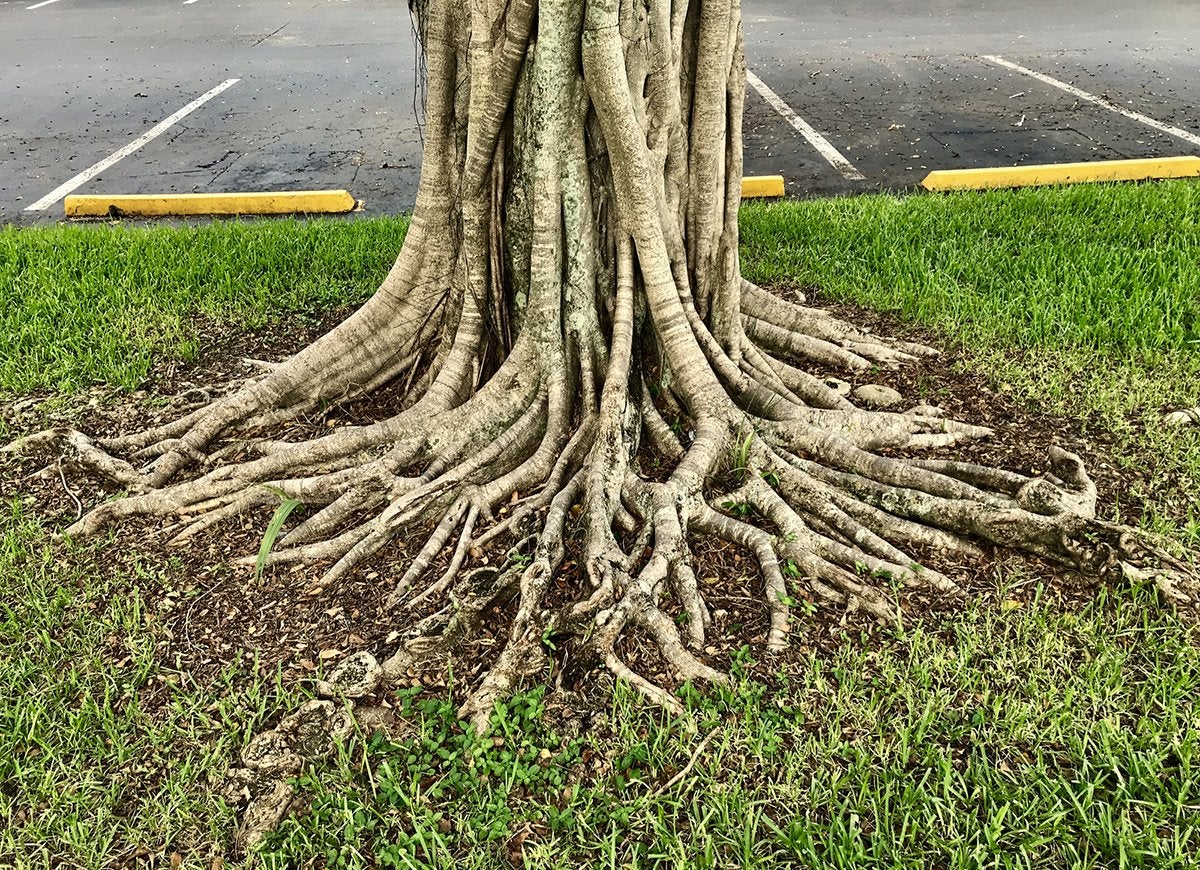
Tree roots spread much farther than many of us realize. “Tree roots go three times as far as the canopy, and then they’re only in the upper 18 to 12 inches of the soil,” says Nagy. If the soil has become impacted as a result of the movement of heavy equipment or trucks, an arborist has a solution that will help the tree. “We do vertical mulching,” Nagy explains, “which is when you auger down into the soil and then replace that compacted wet soil with a loose gravely material so that the water and oxygen can move through.”
Trees don’t just die from a single event or insect.
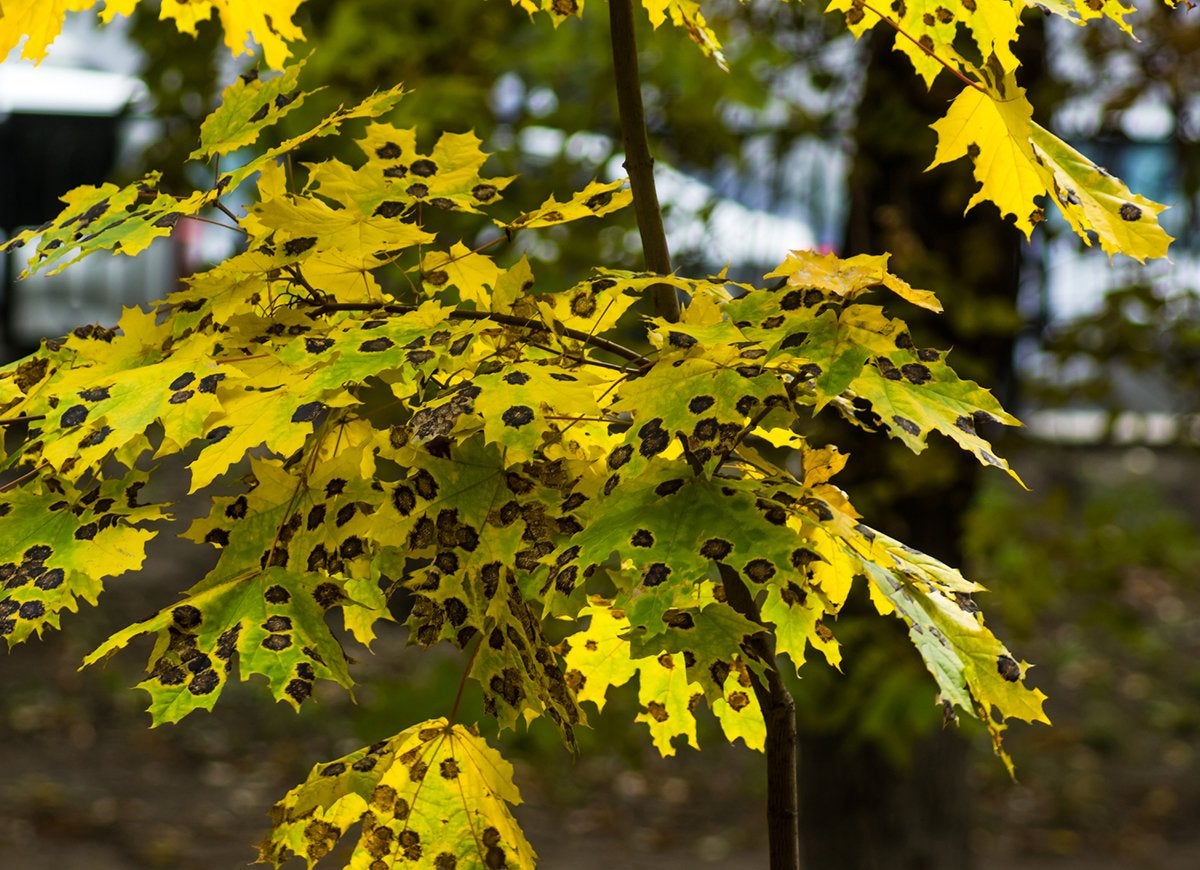
“Trees get stressed for various reasons, which leads to a decline to an eventual death,” says Nagy. Problems that afflict trees, such as insects and diseases, are usually secondary consequences of other stressors. Anything that interrupts a tree’s preferred growing conditions—drought, flood, soil compaction, physical damage—causes stress. “If you have a tree that’s struggling, it’ll put out pheromones that signal that it is weak,” Nagy explains. “Then diseases or insects will move in rapidly and take over.”
Planting shrubs beneath a large tree can be beneficial.
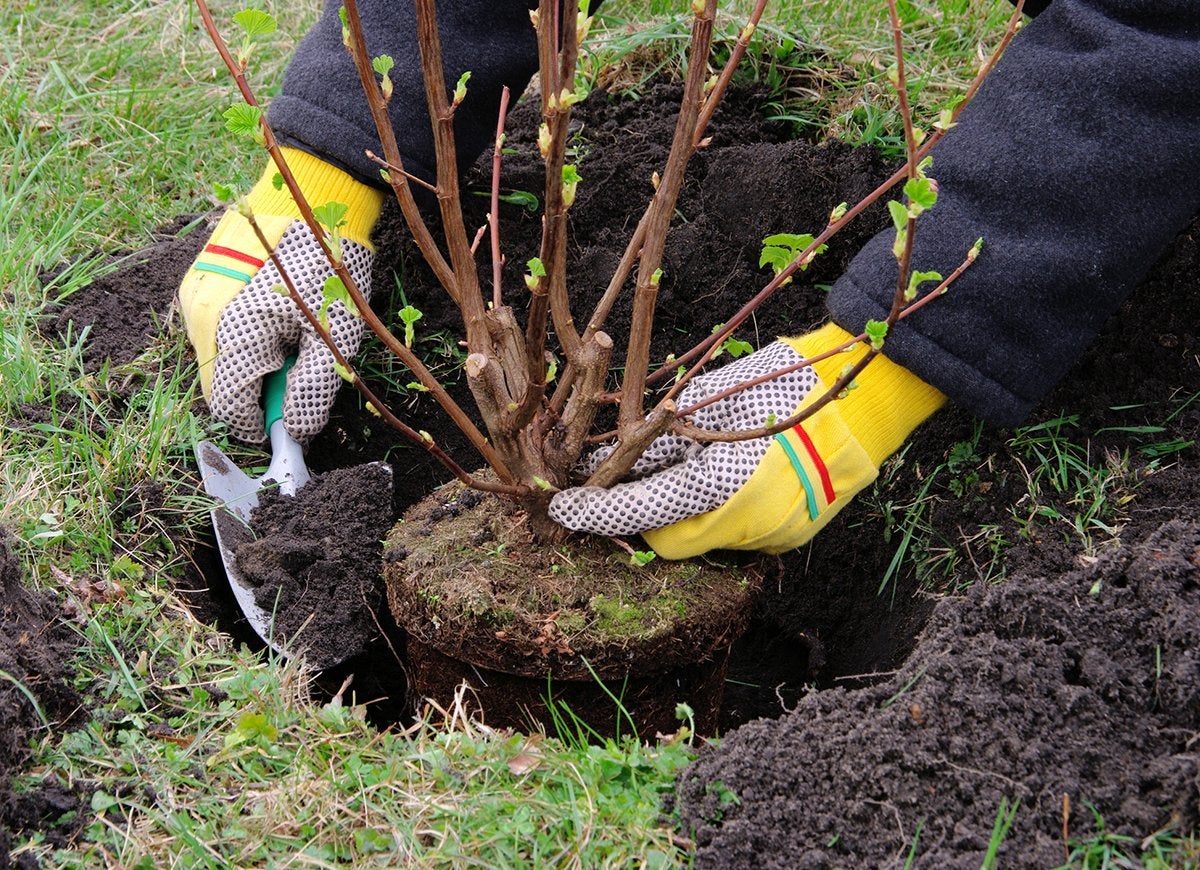
Plantings under a tree can actually be good for the tree because they can help loosen compacted soil, allowing “air and water to better move through the root layer,” says Nagy. If you do decide to plant beneath a tree, start off with small plants to reduce soil disturbance and damage to the tree’s roots. Be sure to finish off with a two-inch layer of mulch to insulate the soil against moisture loss.
Tree root damage often happens during landscape installation.

When homeowners have work done in the yard, the landscapers can damage the trees if they’re not not careful with the equipment and tools. “Moving heavy equipment across tree root zones can compact the soil, or the roots may get ripped out due to digging,” says Nagy. He adds that the incorrect application of herbicides and other chemicals, or even chemical spills, can be toxic to trees.
Your yard has microclimates.
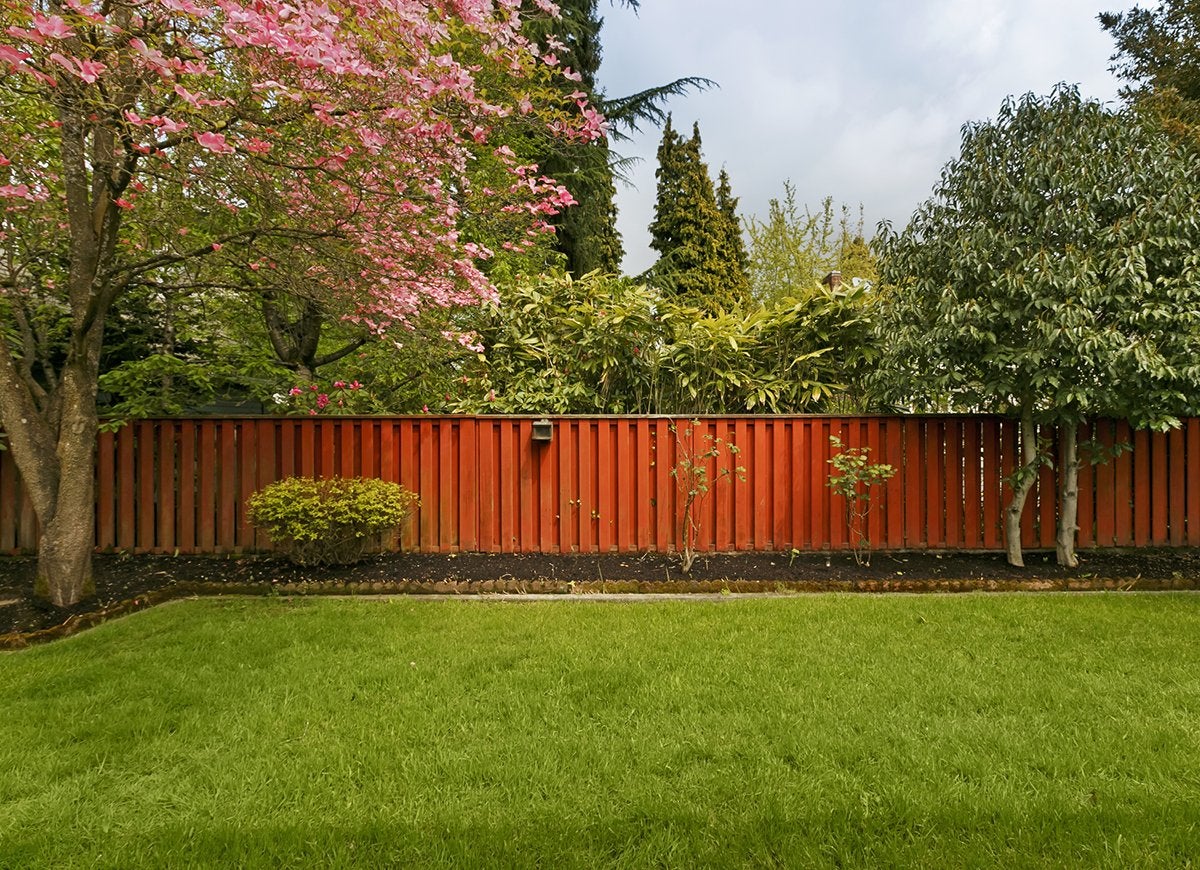
The same species of tree won’t necessarily do well in all sections of your yard. “We treat each [area around a house] like a microclimate,” says Nagy. The front of your house may sit in full sun and always be a few degrees warmer than the backyard, so you need to consider your yard’s different microclimates and how they may affect the health of your trees.
Don’t be afraid of a branch hanging over your house.
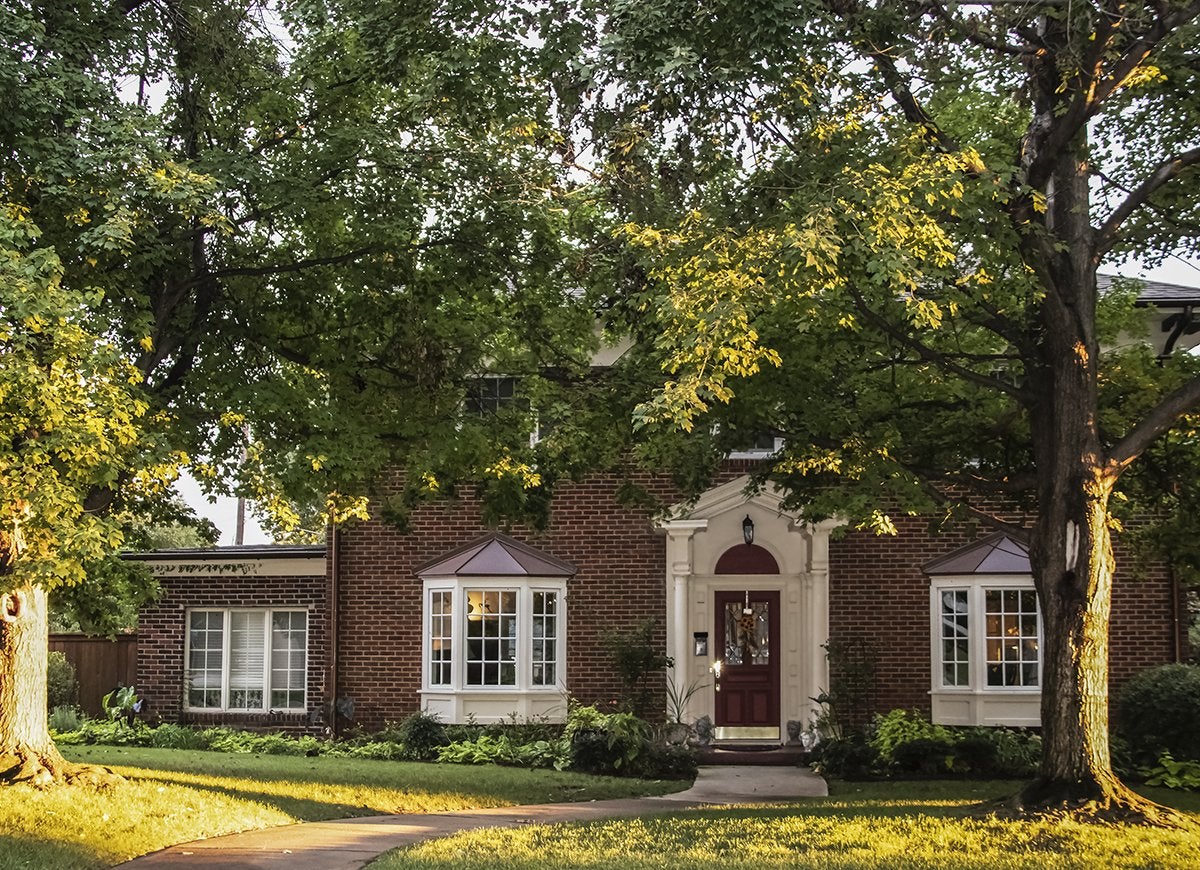
“That’s one of those classic myths, that people are so afraid of tree branches over their roof that they’ll pay a good bit of money to have them removed,” says Nagy. Even if a branch extends over the roof, if the tree is pruned correctly and both branch and tree are structurally sound, the branch poses no threat to your house. The flip side is that if you just lop off a branch without properly removing the limb back to the trunk, you can affect the structural integrity of the tree. In a mistaken belief that you’re protecting your house, “you end up doing the tree a disservice, because it will never heal,” warns Nagy. Improper pruning “disfigures the tree, and you end up with decay getting down into the tree trunks.”
Sometimes you need to water your trees.
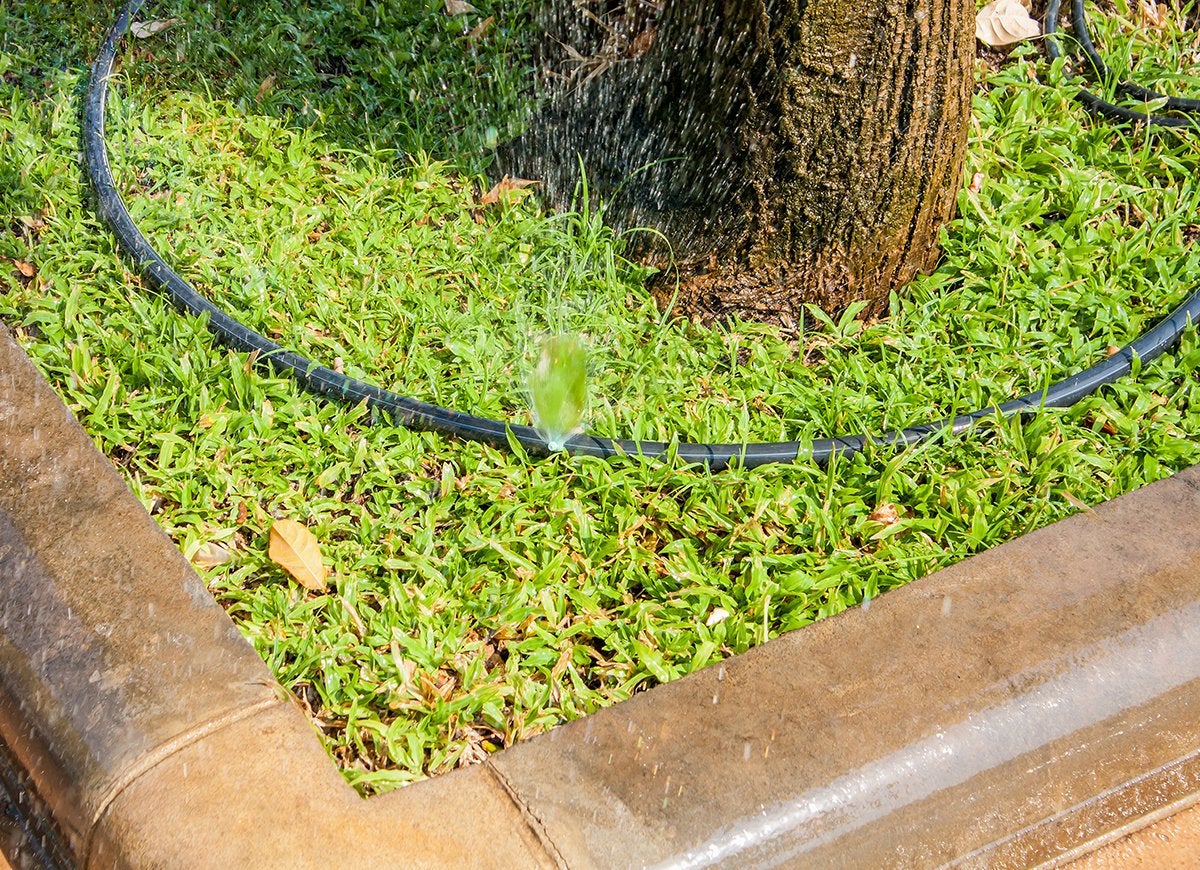
Although older trees tend to need less water, you may need to give them a drink if you experience long stretches of drought. Drip irrigation or a soaker hose work well, as they allow the water to penetrate deep into the root zone. Maintaining a two-inch layer of mulch around the tree will help keep the soil moist.
Have your trees inspected once a year.
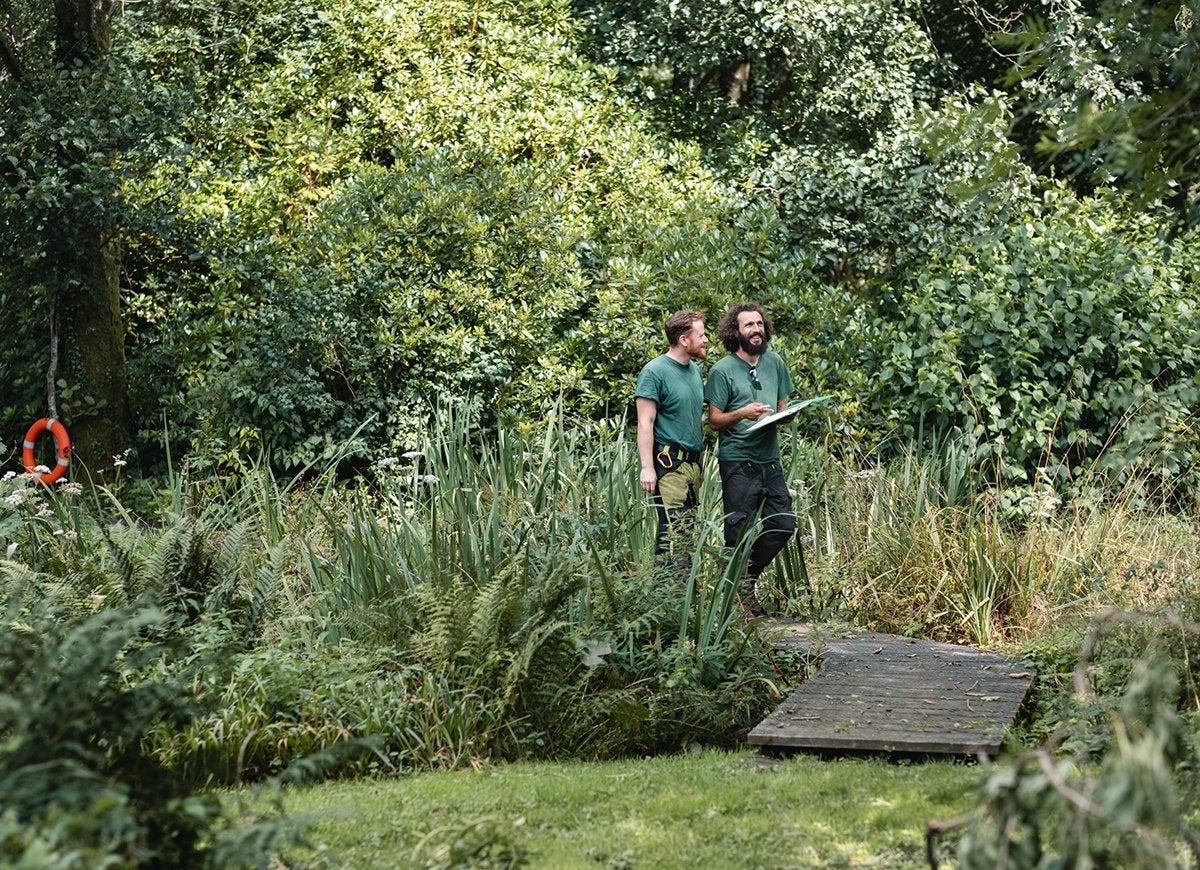
Prevention is the best way to avoid major damage to your trees or home. “An arborist can identify if there’s anything structurally wrong that might affect the property,” says Nagy, so you should call in an arborist for a checkup once a year. You should also seek out an arborist if you move into a new home with older trees on the property. An arborist will help you decide which trees are doing fine, which might be struggling but are worth saving, and which might be too far gone or not worth the effort. In addition, an arborist can help you identify new trees that might work well in your yard.
Trust the Pros
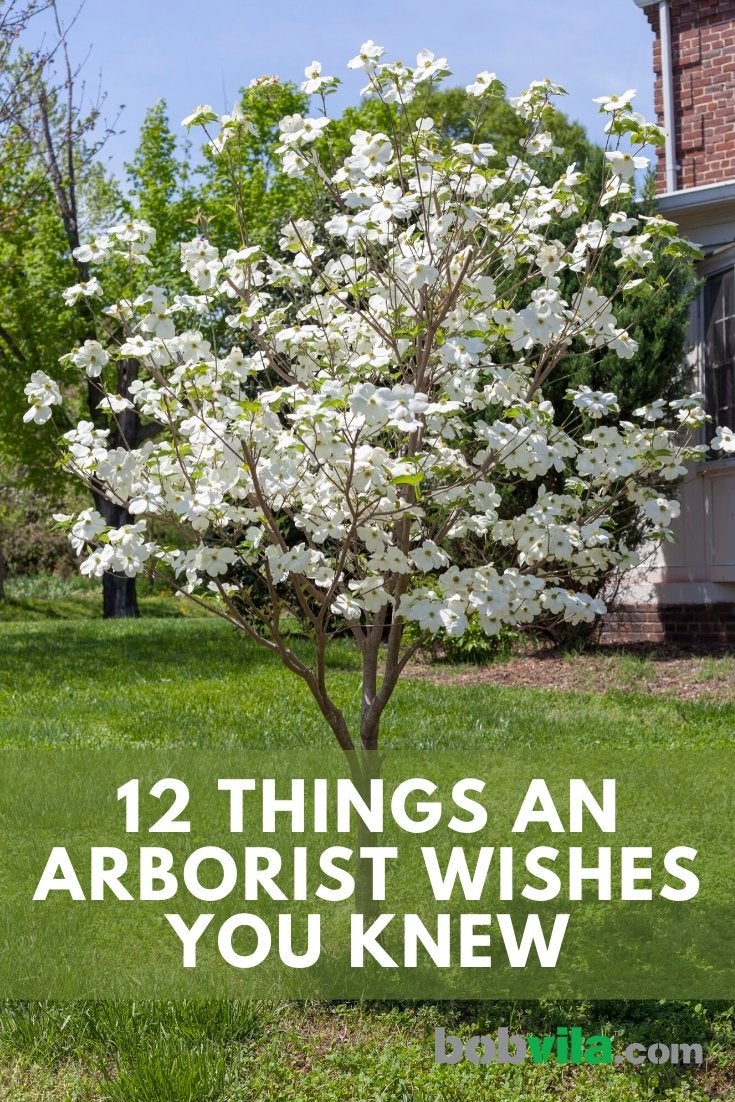
Maintain the trees on your property, and recognize the signs of trouble, with these tips from arborists.

